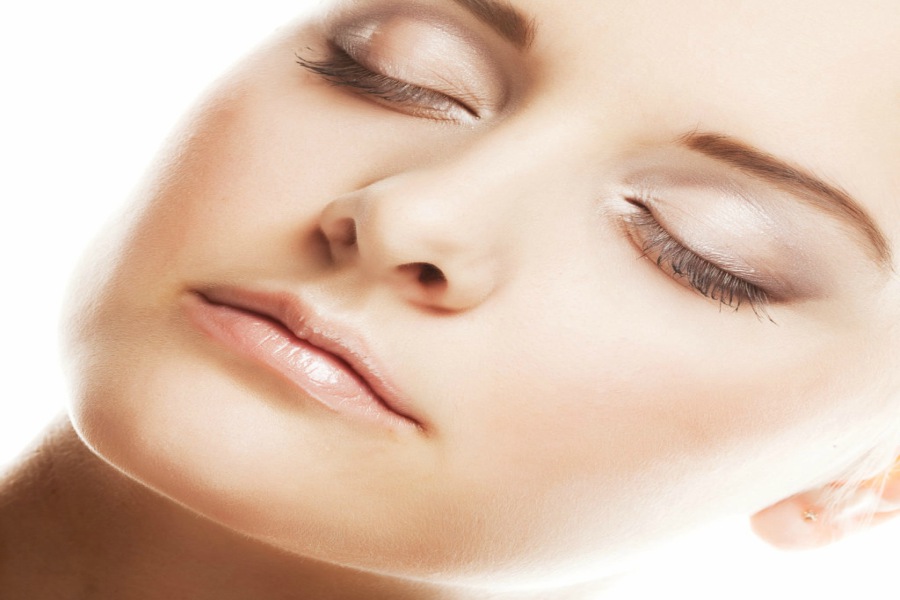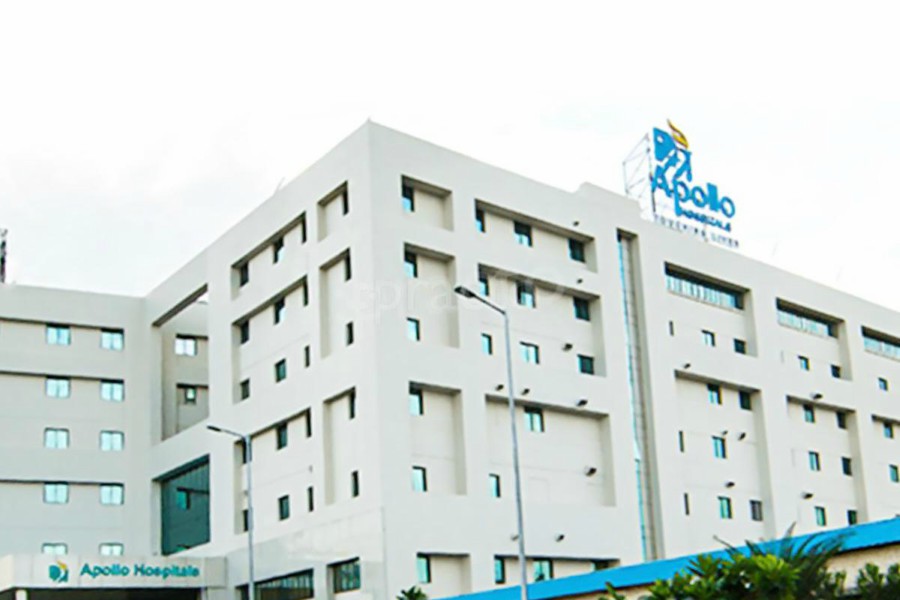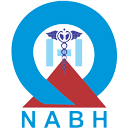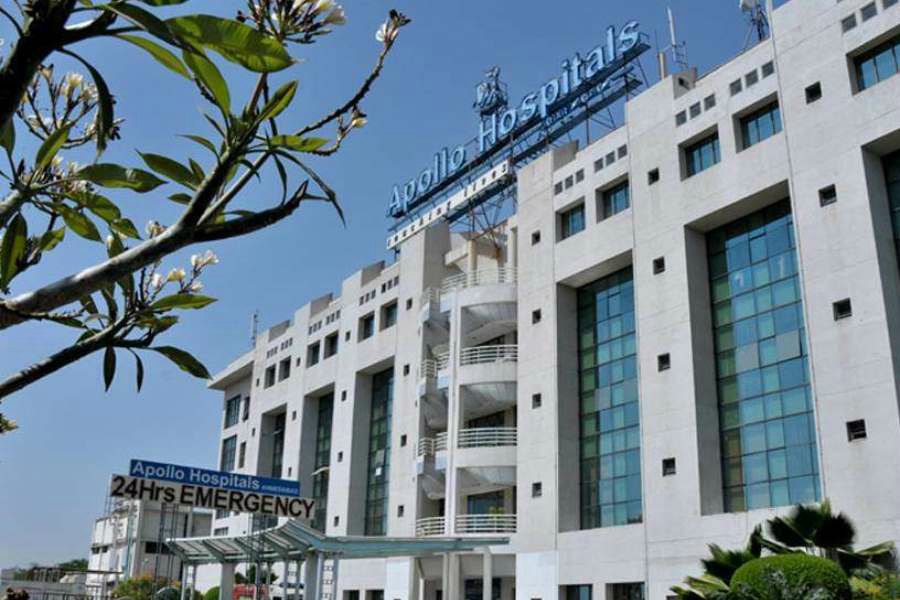
The shape of your jaw plays a major role in determining your facial attractiveness. If you have seen youtube videos on applying makeup, you would understand how artists emphasize on achieving the right contour of the cheek and chin, and how perfecting these contours could bring about a drastic change in your face.
Doing an elaborate makeup every day, to get that perfect face may be extremely tedious, plus it is not good for your skin. If you think that your jawline makes your face look unattractive, jaw shaping/contouring is the best option for you.
Overview
In males, a squared jawline whereas in females, a smooth and rounded jawline and chin is desirable. A youthful jawline is characterised by a straight line from the chin to the angle of the lower jawbone below the ear. Ageing causes the changes fat deposition, decrease firmness of the tissue around the chin- all this results in chin jowls and a saggy jawline.
Jaw reshaping/ contouring can help to improve the volume and definition of the chin, reduce the appearance of jowls and create a youthful facial profile.
ELIGIBILITY
This procedure may be useful for people with:
- Unbalanced facial appearance from either the front or sides
- A squared jaw in females
- Ill defined rounded jaw in males
- Less volume along the jawline
PREPARATION BEFORE PROCEDURE
During the pre-procedural visit, your doctor would do a detailed examination of your face. Your doctor would ask you about your expectations from the procedure and would tell you what changes you can expect after procedure. Your doctor would also take some pics (with your permission) for future comparisons.
For a successful procedure, you should:
- Avoid smoking for at least two weeks before surgery as it interferes with your ability to heal.
- Tell your doctor about the medications you are taking. You may have to discontinue certain drugs like aspirin, ibuprofen and some herbal supplements which increase the risk of bleeding.
- Have a healthy and balanced diet
PROCEDURE TYPE
Non-surgical jaw contouring: Contouring of the jawline may involve either one or a combination of approaches:
1. Dermal fillers: These are soft tissue fillers which are placed on the tissue over the jawbone to correct asymmetries of the lower face. They fatten the areas that have lost volume and lift up the areas of the jaw that sag. The treatment is quick and painless.
2. Botox injections: This treatment involves using botox to relax the masseter muscle (the muscle which help us chew food) which makes the jaw look less prominent and the chin appears rounder. It also helps to reduce fine lines and wrinkles around the jaw and prevent development of new wrinkles. In this treatment, the injection is administered in the masseter muscle. A patient usually requires a maximum of three injections for optimal results.
3. Fat dissolving injections: A double chin can also be responsible for you not having the perfectly shaped jawline. If this is the case, then the doctor may decide using fat dissolving injections which destroy the fat cells under the chin which is later removed from the body.
Non-invasive options can yield effects which last for 4-6 months. It is more desirable, as it is minimally invasive, no incision involved and there is minimal risk of infection.
Surgical reshaping: If more extensive reshaping of jaw is needed, then surgical reconstruction may be considered. In this procedure, the outer layer of the jawbone is shaved off and some overlying muscle mass(masseter muscle) may also be removed
ABOUT PROCEDURE
For surgical contouring, first the doctor would inject a general anaesthesia. Next, the doctor would make an incision in between the cheek and gum so that the jawbone (mandible) can be accessed. The mandible is reshaped using drills and sometimes, the masseter muscle may also be reduced. Once the jawbone is reshaped, the incision is closed with suture and a drain is kept in place to remove excess fluid from area of incision.
POST-PROCEDURE CARE
Non-surgical techniques are usually outpatient procedure in which you could go back to your routine immediately after procedure. You may experience minor bruising, redness or swelling which fade away in few days.
In case of surgery, the patient may require to be in hospitals for a few days. After discharge, the patient needs to come for a follow up visit as recommended by the doctor to get the drain removed.
RECOVERY TIPS
In case of a nonsurgical procedure:
- Do not rub the treated area for at-least four hours after the procedure
- Follow the procedure specific post op instructions as given by your doctor.
- Use cold compresses to relieve soreness.
In case of a surgical procedure:
- Avoid any strenuous physical activity that can cause damage to the incision.
- Avoid excessive movement of the jaw while eating ‘
- Eat soft foods that does not put too much stress on your jaw.
FACTORS AFFECTING COST
The cost of the surgery depends upon:
- The extent of surgery needed
- The technique used
- The expertise of the surgeon
- The anaesthesia used
FAQ
Botox procedure lasts only for a few minutes.
It is very important for finding the right doctor to do the procedures that involve improving facial aesthetics. Your doctor should have the following qualities:
- A good experience with jaw reshaping procedures- Ask your doctor to show you some pictures of previous jaw reshaping surgeries.
- A good feedback from previous patients- Talk to other patients treated by the doctor for reviews.
- A good artistic touch- See how the doctor approaches your facial imperfections and how he plans to correct it.
The following are the common risks of jaw reshaping surgery:
- Anaesthesia risks
- Blood clot (rarely)
- Failure of the surgery to achieve the desired shape of the lower face
The results of jaw contouring fillers are apparent in around 3days – a week after procedure.
Masseter is the muscle that controls chewing movements. Any muscle, when worked out excessively, becomes larger and bulkier. When a person does repeated clenching or grinding of teeth (a condition called bruxism) or repeated chewing movements, for eg, having chewing gums frequently, can lead to hypertrophy of the masseter muscle. This makes the jaw look broad and large.


 Best Hospitals
Best Hospitals












